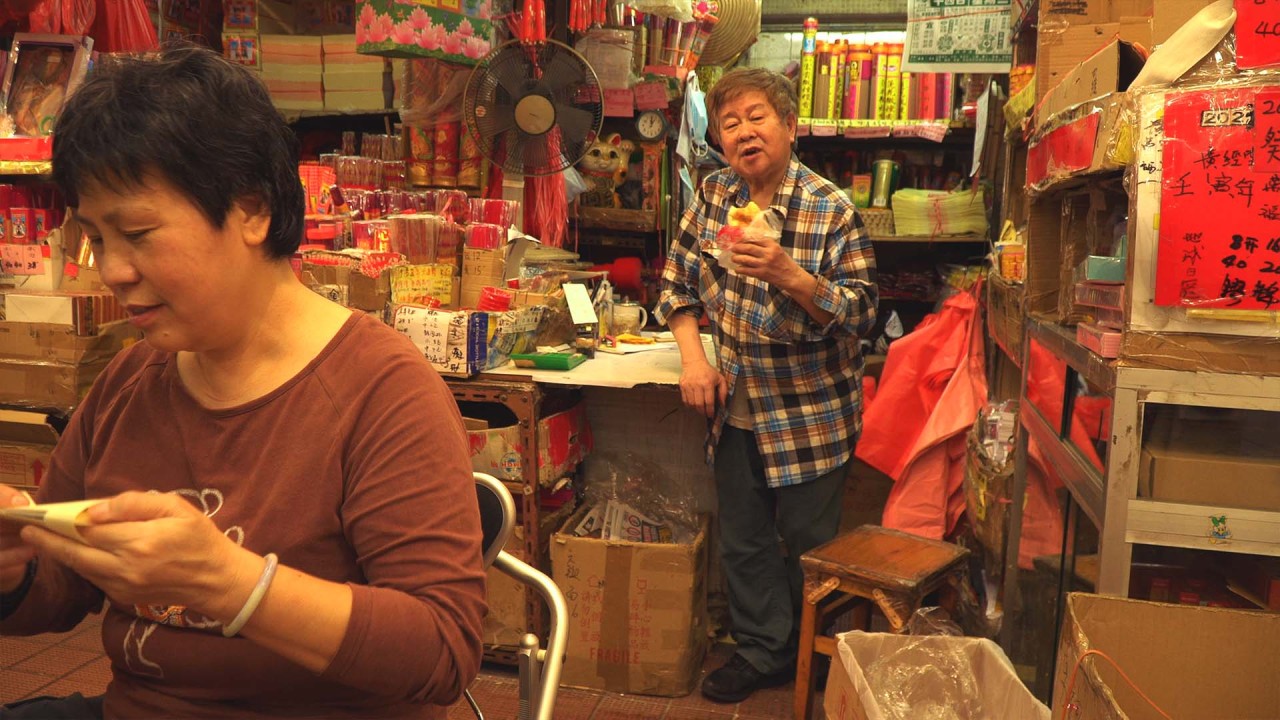
Chinese travellers spend big to mark most profitable Ching Ming Festival since 2019
- Three-day holiday ending Saturday logs more than 119 million domestic trips and close to 54 billion yuan in revenue, well over pre-pandemic levels
- Inbound and outbound tourism levels were close to those logged during the 2019 festival, ministry in Beijing says
More than 119 million domestic trips were logged during the three-day holiday ending Saturday, marking an increase of 11.5 per cent compared to the same period in 2019, according to the Chinese Ministry of Culture and Tourism.
Revenue from domestic travel totalled 53.95 billion yuan (about US$7.61 billion), up by 12.7 per cent from the pre-pandemic year, the ministry said in an article posted on its website on Saturday.
China is banking on tourism and consumption to power its post-pandemic economic recovery, as a deepening property sector crisis and weak private sector and foreign investor confidence continue to weigh on overall growth.
Last year’s holiday lasted only a day, having fallen on a Wednesday, and was the first since China began lifting its stringent “zero-Covid” restrictions a few months earlier.
More than 23.7 million domestic tourist trips were made that day – up by nearly a quarter from the previous year – while travel-related revenue grew by 29 per cent to 6.52 billion yuan, according to official figures.
Ching Ming Festival – tomb-sweeping day: what it means and how it’s marked
Tourists this year flocked to the capital Beijing, the eastern business hub of Shanghai and the nearby cities of Nanjing, Hangzhou and Suzhou, as well as Wuhan and Changsha in central China.
As many as 16 million train trips were made per day, according to the transport ministry, marking a 75.3 per cent surge in average daily rail traffic compared to 2023. And daily trips by air averaged 1.7 million, an increase of close to 24 per cent.
The travel rush, which started a day early on Wednesday, was disrupted after a deadly 7.3 magnitude earthquake in Taiwan triggered cancellations and major delays to rail services in eastern and southern mainland China. Services returned to normal the following day.
Inbound and outbound tourism levels were close to those logged during the 2019 festival, the tourism ministry said.
For Chinese travelling overseas, Japan, South Korea, Australia, Indonesia and the United Arab Emirates were among the most popular destinations, according to industry data. So were Thailand, Malaysia and Singapore, with their recently introduced mutual visa-free access agreements with China.
According to Trip.com, China’s largest online travel agency, most inbound bookings were by travellers from Bangkok, Kuala Lumpur, Seoul, Tokyo and London.
Online booking service Tongcheng Travel said popular destinations for overseas travellers included Shanghai, Beijing and Guangzhou, as well as the eastern cities of Hangzhou and Qingdao, Xiamen in the southeast and Kunming in the southwest.
Hong Kong and Macau remained the top destinations for mainland travellers using Tongcheng’s services, while Bangkok, Kuala Lumpur and Tokyo were popular among outbound tourists.
The three-day holiday also brought a windfall for the entertainment sector, with China’s total box office takings reaching a record 850 million yuan, according official figures. Japanese filmmaker Hayao Miyazaki’s Oscar-winning animated feature The Boy and the Heron took the lead with more than 390 million yuan, or 46 per cent of the earnings.
Others in the top five were Godzilla x Kong: The New Empire and animated film Kung Fu Panda 4 from Hollywood, and two Chinese-made films – domestic drama Dwelling by the West Lake and suspense thriller The Victims.

.JPG?itok=zUDwoZRB&v=1701240446)
